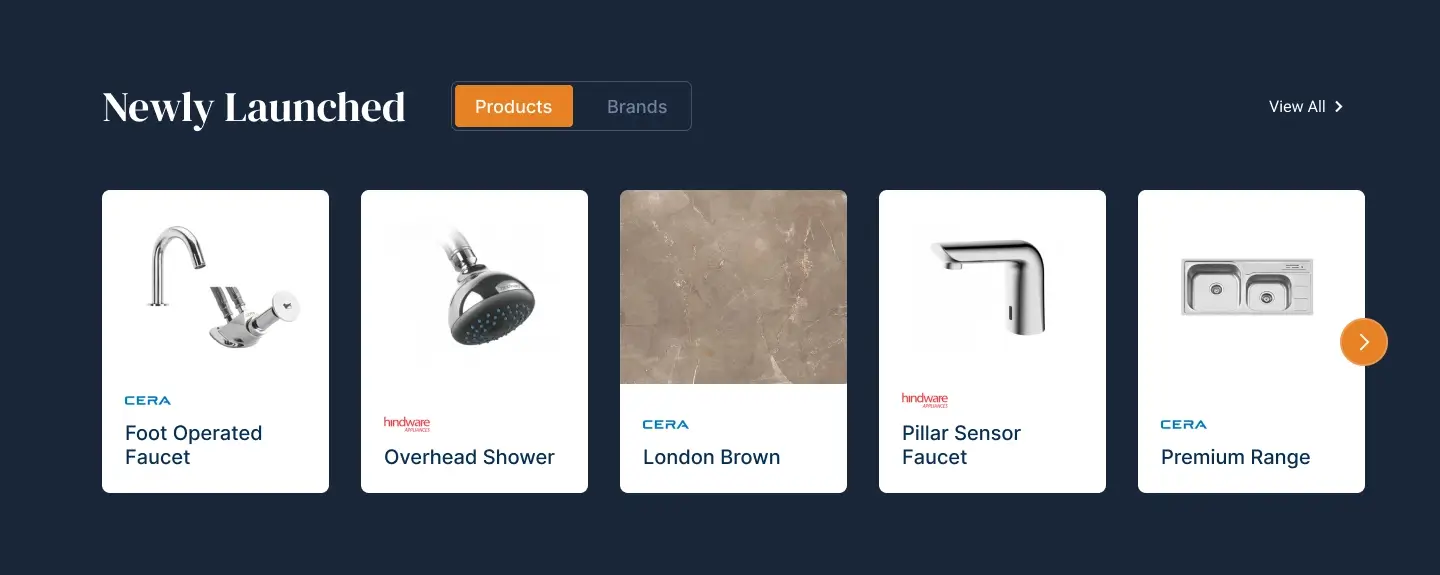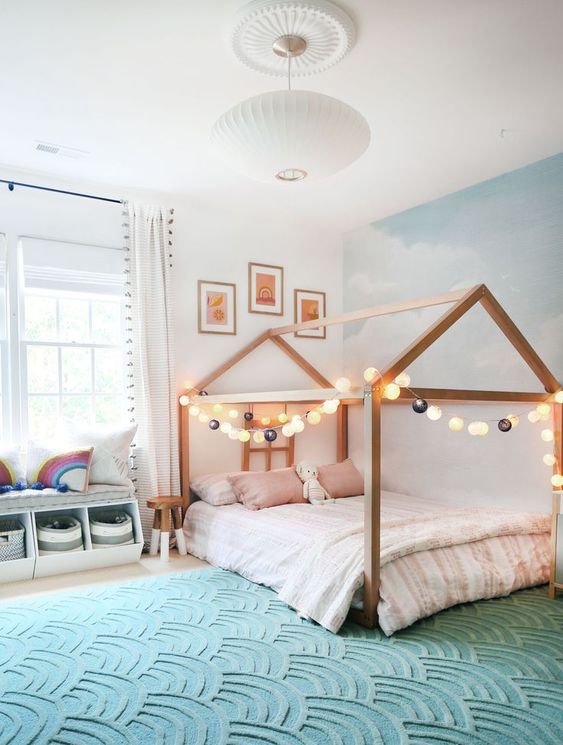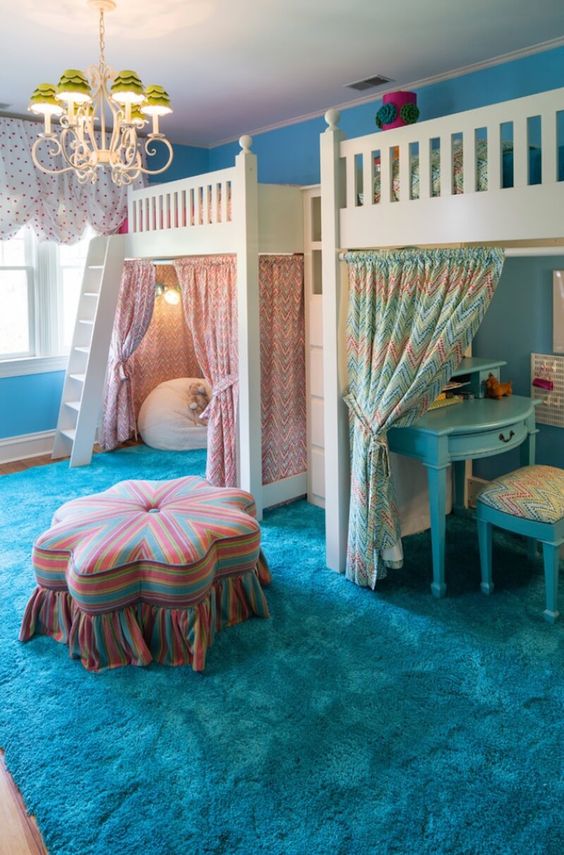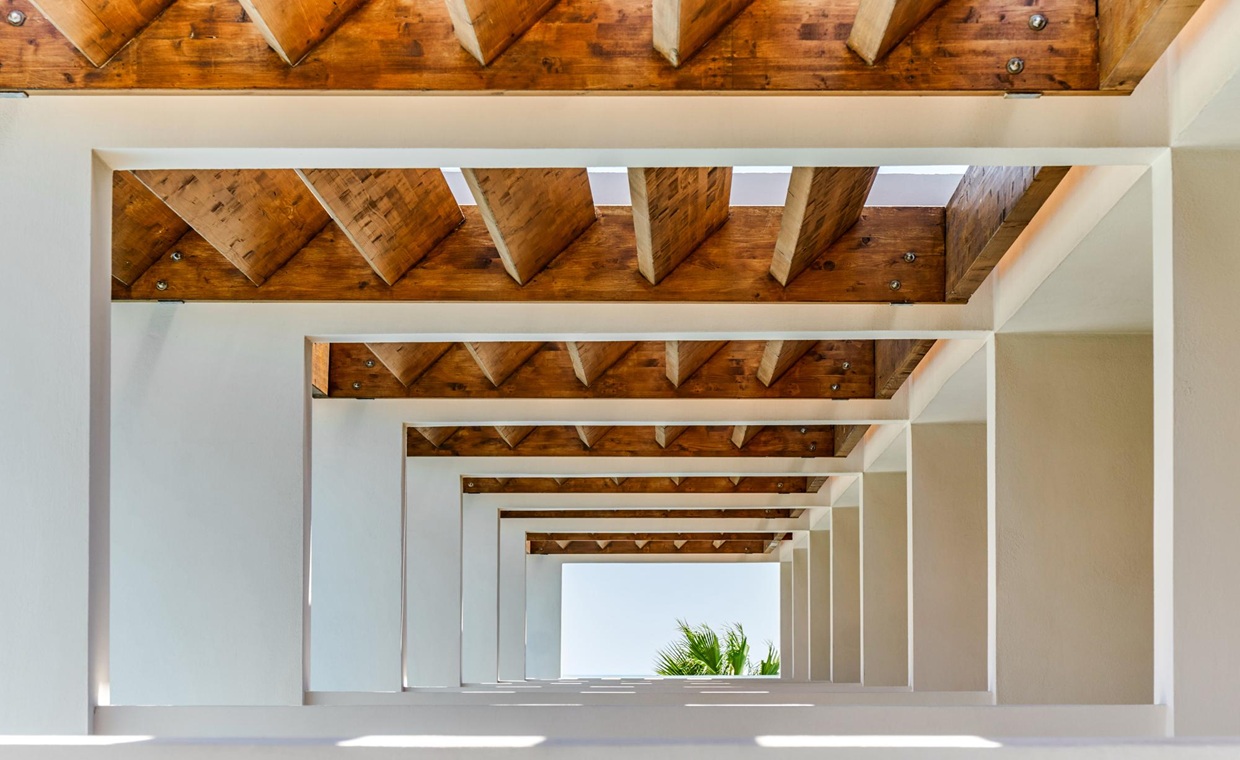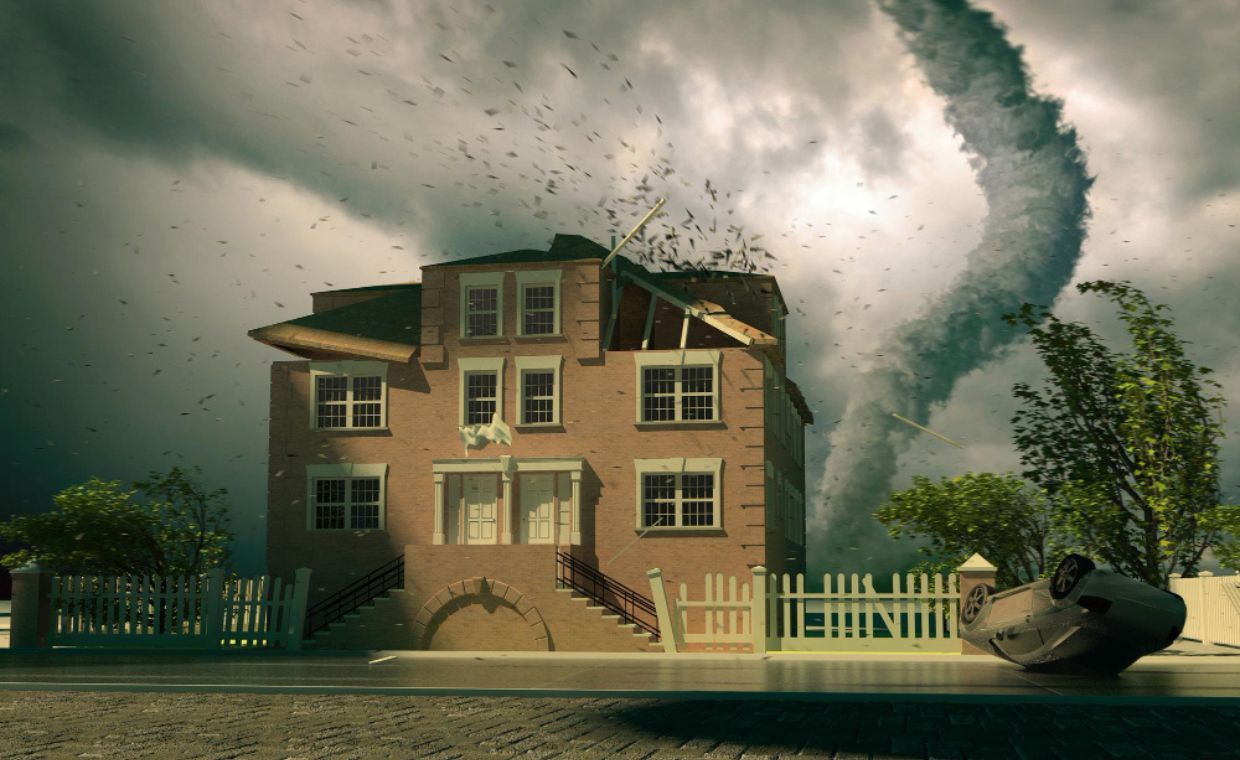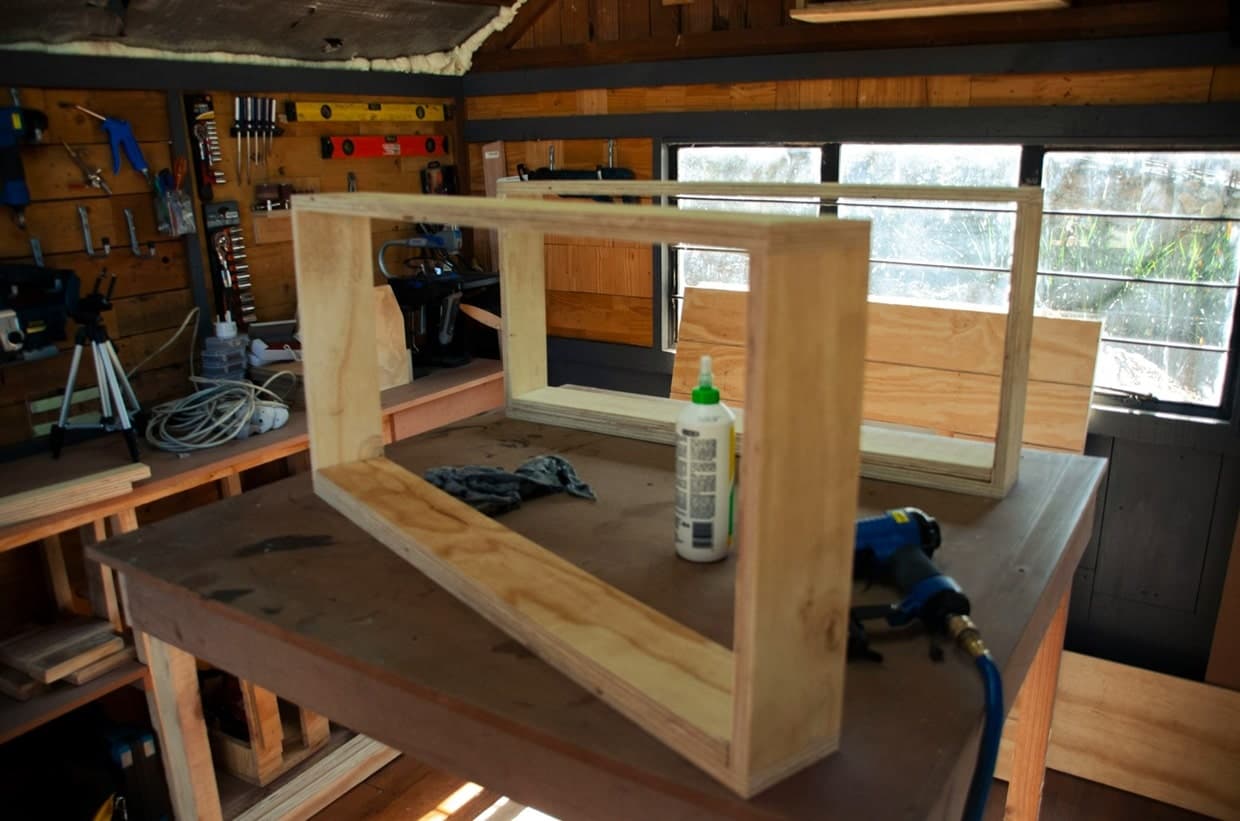
Table of Contents
DIY Fence Installation is indeed an art. A well-installed fence can elevate your property’s privacy, security, and curb appeal but when done incorrectly, it can lead to frustrating repairs, wasted money, or even legal headaches. In Washington, where the climate, soil conditions, and municipal codes vary widely, DIY fence installation often comes with unexpected challenges.
At Optima Fencing, we’ve seen it all tilted posts, premature wood rot, and even full fence removals due to permit issues. If you’re considering a DIY project, avoid these five common mistakes homeowners make when installing their own fence.
1. Ignoring Permit and Zoning Requirements
Mistake: Many homeowners skip the permitting process, assuming a fence under a certain height doesn’t require one. But this varies by city.
For example:
- Seattle allows fences up to 8 feet without a permit.
- Tacoma requires fences over 7 feet to have permits.
- Bellevue may enforce special setback rules near easements or wetlands.
Installing a fence without understanding these local codes can lead to stop-work orders or required removal – especially if your fence obstructs visibility near intersections or extends onto a neighbor’s property.
Pro Tip: Always check with your city’s building department before digging. You can also consult with a reliable fence installation professional who understands local regulations and will handle permits for you.
2. Incorrect Post Installation

Mistake: Fence posts that aren’t set deep enough or set without proper concrete anchoring—can wobble, lean, or fail entirely within a season or two.
In Washington’s wet climate, frost heave and loose soil can shift shallow posts. Posts should be buried at least one-third their length (commonly 2–3 feet) and set in concrete that extends below the frost line.
Pro Tip: Use fast-setting concrete and allow proper curing time before attaching panels. For windy or sloped areas, additional bracing might be needed.
3. Not Accounting for Climate
Mistake: Using untreated or low-grade wood without protective finishes is a recipe for rot and warping. Rain, snow, and mold are constant threats to fence longevity.
Pressure-treated wood, rot-resistant cedar, or vinyl are better suited for damp conditions. Without protective stains or sealants, even quality wood won’t last.
Pro Tip: Choose materials with moisture resistance, and schedule seasonal maintenance. A professional can help you choose the best materials for your specific property.
4. Uneven Panels and Sloped Yard Misalignment

Mistake: Washington’s geography includes plenty of hilly and sloped terrain. DIY installers often use a level line on a flat layout, resulting in awkward gaps between the ground and fence or uneven panel heights.
There are two solutions: stepped or racked (contoured) fence styles. Each requires precision and experience to look polished and professional.
Pro Tip: If your yard isn’t flat, it’s wise to consult pros. We design fences that flow naturally with the terrain, avoiding gaps and ensuring strong structural integrity.
5. Poor Utility Awareness
Mistake: One of the most dangerous errors: failing to locate underground utility lines before digging post holes.
homeowners to call 811 before any digging project. This free service sends utility companies out to mark underground lines – such as gas, water, electric, and cable.
Hitting a utility line is not only dangerous but could cost thousands in fines or repair bills.
Pro Tip: Always call at least two business days in advance of digging. A certified fence company will handle this step for you and coordinate post placement safely.
Final Thoughts
DIY fence projects can be rewarding, but even small mistakes in planning or execution can lead to big consequences – structural failure, zoning violations, or even safety hazards.
That’s why many homeowners turn to Optima Fencing for their installations. Ensures local compliance, selects materials that perform in our unique climate, and guarantees results that last for years.
Avoid the stress and uncertainty of DIY errors – get the job done right the first time with a team known for reliable fence installation across Washington.
Also Read: Why Fencing Your Property is Important to Protect Your Home?



